The cases players and fans present for awards and recognition at the annual NFL Honors ceremony are always painted by narratives, and that’s the way it ought to be. In the end, each nomination — and the eventual winner — helps to tell the story of the season that was. Unfortunately, our current social culture (in sports and beyond) has attached the idea of building narratives with propagandizing for or against the issue at hand.
Why Trevon Diggs’ 2021 campaign has led me to consider the meta behind how we cover football is beyond explanation, but his season presents another opportunity to measure outcomes against processes and elevate the conversation about how we identify the difference between something good happening and someone being good at consistently executing their job snap after snap.
PFF’s Sam Monson examined the data and found that Diggs’ play style is high variance in nature. When he isn’t taking the football away, he’s given up huge receptions for first downs and touchdowns. This puts narrative building front and center — where’s the dividing line on giving up big plays to create your own?
Click here for more PFF tools:
Rankings & Projections | WR/CB Matchup Chart | NFL & NCAA Betting Dashboards | NFL Player Props Tool | NFL & NCAA Power Rankings
Best Bets Tool
There’s immense value in takeaways, and the Dallas Cowboys aren’t 11-5 without all the “havoc” (sacks, tackles for loss, pass breakups and turnovers) caused by Dan Quinn’s defense and Diggs, which launched the second-year cornerback into Defensive Player of the Year consideration. However, Diggs crossed the 1,000 yards allowed threshold in Week 17 against the Arizona Cardinals, a feat managed by only nine other cornerbacks in the past 10 years of PFF’s charting.
(The players allowing 1,000 yards: Devin McCourty & Tramon Williams — 2011; Patrick Robinson & DeAngelo Hall — 2012; Ike Taylor — 2013; Jason McCourty & Bradley Fletcher — 2014; Valentino Blake — 2015; Vernon Hargreaves III — 2016; Trevon Diggs — 2021)
Trevon Diggs Coverage Performance, Through Week 17
| Statistic | Value | Rank (of 91 CBs w/ 300+ Coverage Snaps) | Rank (of 80 CBs w/ 50+ Coverage Targets) |
| Coverage Grade | 75.2 | 24th | 19th |
| Passer Rating Against | 71.7 | 12th | 11th |
| 1st Down/TD% Allowed | 45% | 61st | 56th |
| Yards Allowed Per Target | 10.6 | 90th | 79th |
| % of 15+ Yard Gains Allowed | 3.3% | 78th | 67th |
| Open Target % | 50% | 68th | 63rd |
In the dialogue I’ve had around Diggs, there are plenty who feel that it’s unfair to talk about his play without considering the turnovers, and others who think that the raw data may be unkind to the cornerback in a way that rate-based metrics would not.
There’s also something to be said for scheme and the degree of difficulty one may have to play under. This is especially fair for the cornerback position, which may rank behind only quarterbacks in terms of the specific skill set needed to carry out the job.
There’s intellectual merit in presenting an argument with those critiques in mind, but the core takeaways and context did not change under these guidelines — if Diggs isn’t getting his hands on the ball, there’s a good chance his receiver is open, and a better chance they're open for a first down or more.
Frankly, the yards he’s allowed suggest that he’s one of the easiest cornerbacks in the league for an offense to attack deep down the field. An ideal outcome in today’s NFL is getting the ball back, but priority number one is eliminating the explosive pass, and no cornerback in the NFL has given up more by volume (20) than Diggs.
To properly contextualize Diggs’ snap-to-snap performance, we will compare him to his peers and create a frame of reference more representative of his 2021 campaign than the 11 plays that ended with an interception.
Cover 1
A great man corner and a great zone corner can coexist in the NFL without perfect overlap in abilities, but nothing separates an elite cornerback quite like the ability to take away a team’s best option.
Dan Quinn and the Cowboys play a healthy amount of Cover 1, over one-third of Dallas’ defensive snaps. If Diggs were a top-flight corner, here is where it would show in the data. Instead, he ranks at or near the bottom in important metrics used when gauging performance in man coverage — without ranking anywhere near the top 10 in target rate. Passes thrown at Diggs in man are even more likely to go for big gains or touchdowns.
Diggs in Cover 1 | 2021
| Performance in Cover 1 | Value | Rank (of 38 CBs w/ 100+ Snaps) |
| Snaps | 210 | T-2nd |
| Coverage Grade | 54.6 | 31st |
| % of Targets per Snap | 17.6% | 24th |
| Completion % allowed | 59% | 30th |
| Open Target % Allowed | 46% | 34th |
| Passer Rating Allowed | 97.0 | 25th |
| Yards Allowed per Target | 12.9 | 38th |
| 1st Down/TD % Allowed | 59% | 36th |
At the top of the NFL’s hierarchy in man coverage this season are A.J. Terrell, J.C. Jackson, Patrick Surtain II and Marshon Lattimore. Those four lead the NFL in coverage grade against Cover 1 among cornerbacks with 100-plus such snaps.
I think of man coverage playing out at three points: the release point, the break point and the catch point. We can use these five cornerbacks and compare each qualitatively, in a manner that explains why four of the five are in the top tier, and then show where Diggs needs to grow his skill set.
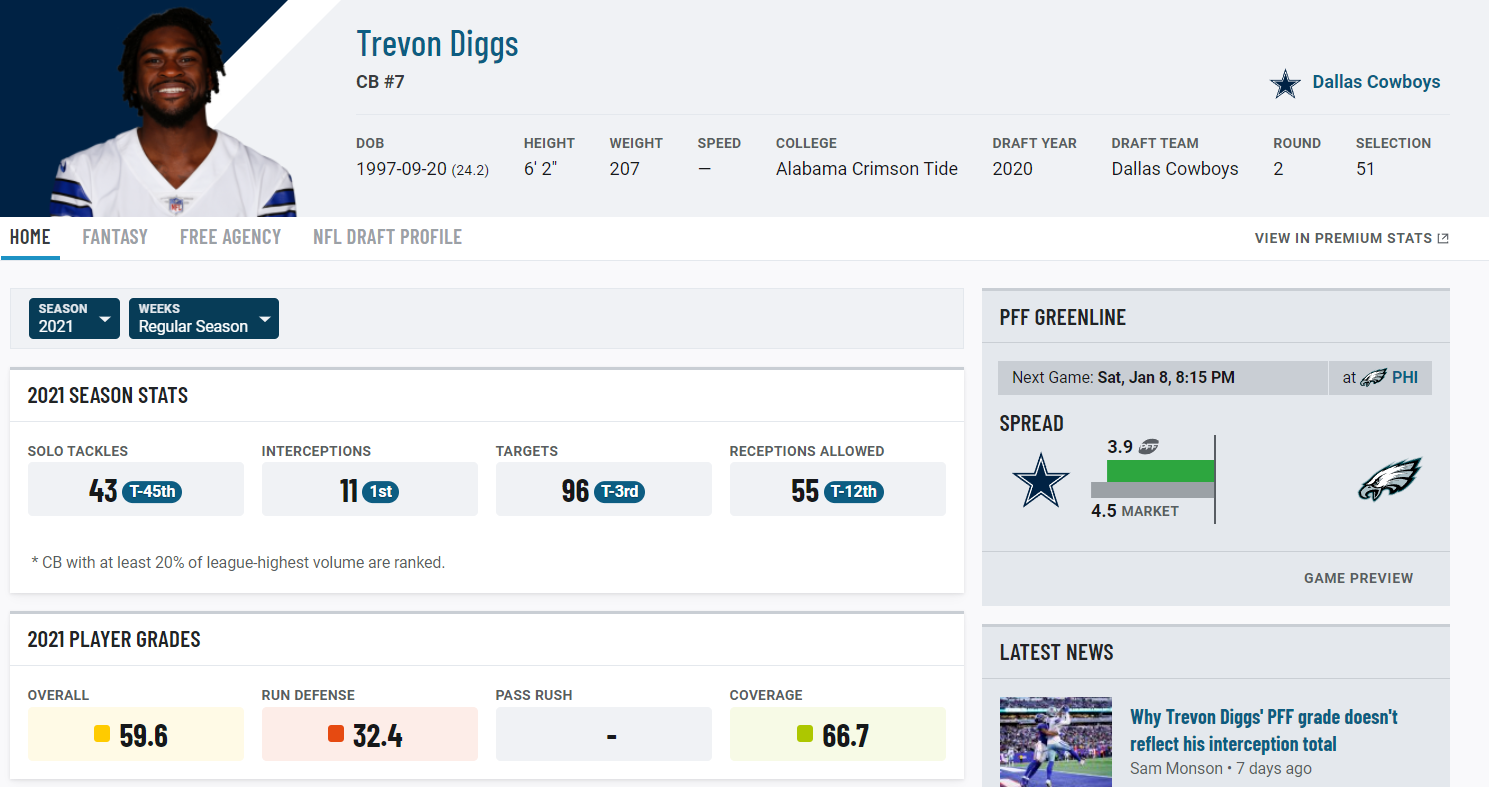
There are multiple tools you can use at the release point when playing press-man coverage: the kick-slide, the inch-off and the jump press. There’s no one way to accomplish the goal, but the general consensus is that the real work happens with the feet and the eyes, not the hands.
The kick-slide is effective against an immediate declaration on the release (typically working outside). The defensive back is transitioning into a run (usually with inside, on top leverage) and “playing basketball” by positioning himself between the ball and the receiver. Surtain II can be seen below executing a kick-slide on a fade.
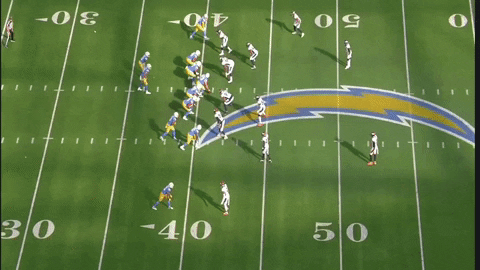
The inch-off is where we begin to graduate into more advanced foot agility and hip mobility. Inching off is a technique you’ll typically see used situationally: the wide receiver may be on top of the divider, meaning that your leverage can change depending on the release; it may be third-and-medium, and a defensive back has to honor quick-game throws by playing patiently against longer releases, or; there’s a low red-zone or goal-line scenario, where fades and slants are often used.
Marshon Lattimore executes a good inch-off technique on the press below, which disrupts the timing between quarterbacks and wide receivers trying to find the window to win the route.

Diggs executes kick-slides well because the technique fits his physical frame. On inch-off presses, though, his posture/pad level and foot positioning can force him to open his hips and commit too early, giving receivers space and leverage to manipulate.

What Diggs likes to do when he can is jump press wideouts, making contact right off the line of scrimmage. If you catch a receiver off balance or at the right time, it can eliminate them from the route. When you whiff, though, you’ll spend the rest of the route in recovery mode. You don’t see jump presses as often, because they’re typically most effective on go routes, when a corner can punch and play chest to chest or key the quarterback.
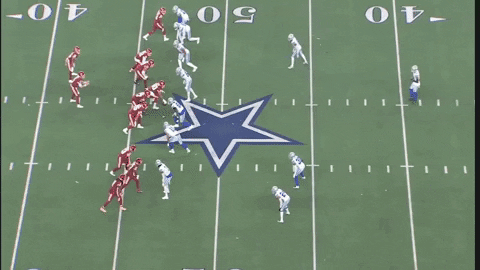
Looking now at the break point, we can evaluate how well these five defensive backs do with eliminating or recovering to wide receiver separation. Through PFF’s charting, we can examine how often a wideout is running a route against “tight” coverage. J.C. Jackson leads this pack with 69 tight coverage snaps, Trevon Diggs is runner up, A.J. Terrell and Marshon Lattimore tie for third and Patrick Surtain II rounds us out.
To play with tight coverage at the top of the route requires a combination of physical tools and mental acuity, understanding leverage, tempo and timing to break on routes in lockstep with a wide receiver. Here, Jackson is playing inside and on top, allowing him to sit on the top of the route and break back to the ball with Trevon Diggs’ older brother, Stefon.
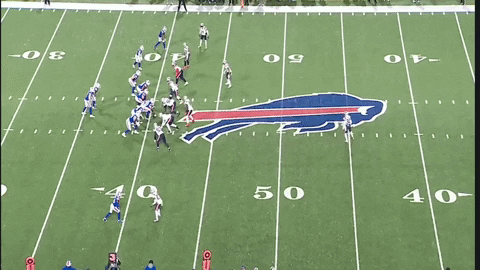
As routes push further down the field, hip mobility and fluid motion skills are needed to access a 360-degree plane of potential breaks.
On this sail route against A.J. Terrell below, watch as the young cornerback steps with the inside stem, before breaking toward the sideline with the wide receiver. Because of his leverage (outside and trailing), it's easy for a defensive back to bite hard on the potential over route and lose their positioning.
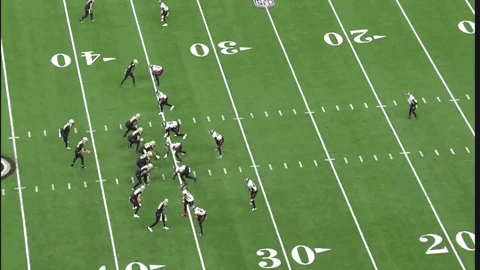
This is one of the areas in man coverage where Diggs can thrive long-term. His freakish ability to maintain top speed at his size gives him an ability to recover to routes running away from his help and his leverage, and many of his best plays in 2021 have involved him running back into position after losing near the line of scrimmage.

Making up for lost ground is a dangerous way to live for any cornerback, though. Diggs has given up the most receptions to receivers who are open or wide open of the five defensive backs we’re comparing (15). This is where poor eye discipline and unnecessary aggression bite the cornerback, like losing A.J. Green on a double (-ish) move.

Cover 3
Second in Dallas’ coverage menu is Cover 3, another single-high concept with zone principles instead of man.
Diggs is targeted at the highest rate in the league in Cover 3, which can be explained by a multitude of factors: quarterbacks are more likely to throw outside on early downs against soft corners, and Diggs pressed in only about one-third of his Cover 3 snaps; the play-action and dropback concepts to attack outside are more likely Cover 3 beaters than Cover 1, and offenses may be seeing the looks they want more often against Dallas; Diggs just may not be all that concerning for quarterbacks when there’s no safety over the top.
Diggs in Cover 3 | 2021
| Performance in Cover 3 | Value | Rank (of 38 Outside CBs w/ 100+ Snaps) |
| Snaps | 125 | 23rd |
| % of Targets per Snap | 22% | 1st |
| Completion Rate | 59% | 18th |
| Open Target % | 55% | 35th |
| Passer Rating | 88.7 | 22nd |
| Yards Allowed Per Target | 13.1 | 34th |
| 1st Down/TD % | 52% | 28th |
Similar to when he’s in man coverage, Diggs is more susceptible to giving up big gains to open receivers than most cornerbacks who are playing in a Cover 3 concept. It’s not just that Diggs is struggling to play at the level that the interceptions would suggest, he’s just not been all that good at executing the Cowboys' single-high scheme, which makes up more than 60% of their defensive calls, per PFF’s charting.
Diggs vs. the route tree in C1 & C3
| Route | Targets | Completions | Yards Per Reception | Passer Rating |
| Crossing Route | 15 | 7 | 22.7 | 57.4 |
| Slant | 10 | 6 | 21.7 | 97.9 |
| Hitch | 10 | 7 | 10.1 | 50.4 |
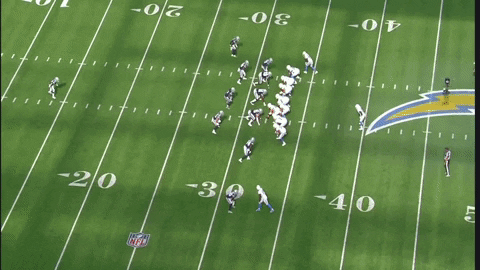
That left the question of what routes Diggs was defending in these concepts and whether there was a disconnect in his ability to carry out what’s being asked of him because of his athletic traits (or lack thereof).
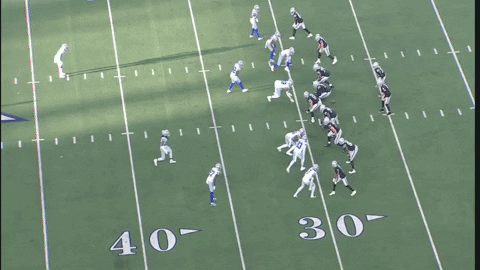
A cursory look at the top three routes targeted are typical because they attack the seams and sidelines, where Cover 1 and Cover 3 are weakest in terms of help and body positioning. The data also reflects another conflict of process and results because the interceptions have greatly dropped Diggs’ passer rating allowed in ways that the yardage allowed wouldn’t suggest.
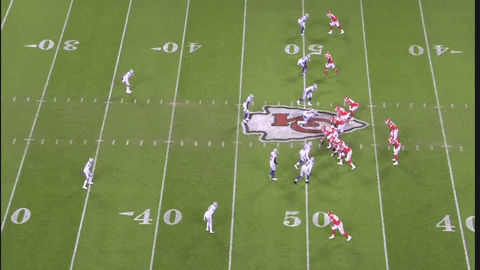
| Route | Targets | Completions | Yards Per Reception | Passer Rating |
| Out & Up | 2 | 2 | 59.0 | 158.3 |
| Hitch & Go | 1 | 1 | 42.0 | 118.8 |
| Stalk & Go | 1 | 1 | 20.0 | 158.3 |
| Blaze Out | 1 | 1 | 35.0 | 118.8 |
The last data points examined were inspired by the anecdotal — NFL Hall of Fame tight end and Fox Sports’ Shannon Sharpe exclaiming that Diggs can be had on double moves and varying the tempo of the route. The data bears that out: of Diggs' five targets on double-move routes charted by PFF, he has given up a huge catch on each one, and multiple touchdowns.
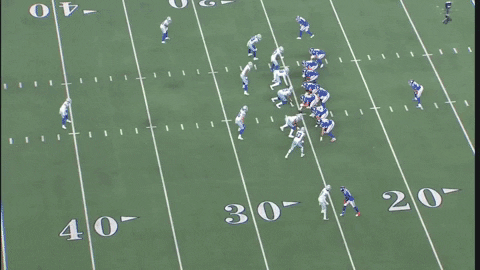
Bottom Line
Trevon Diggs is doing something rare, and there’s no way to get around it. The former wide receiver still uses every bit of his ball skills, and if he gets hands on the ball, he’s liable to score himself. However, not a single one of his interceptions is an indication of his ability to actually carry out his responsibilities snap after snap.
Ultimately, two things can be true at once: you cannot tell the story of the season without mentioning his 11 interceptions, and you cannot tell the story of Diggs without acknowledging that those picks are about the only thing he’s done well all year.
We have asymmetrical lines drawn based on our priors, no matter how even-handed we may try to be: running backs who fumble don’t last in the league; quarterbacks are benched or traded for throwing picks; linebackers who miss tackles won’t play for long. It’s hard to provide enough positive value to overcome being a liability at your job.
The data points that are more sustainable simply suggest that the young cornerback wouldn’t be the darling of this defense without so many takeaways.
Related content for you:
Why Trevon Diggs' PFF grade doesn't reflect his interception total
via Sam Monson
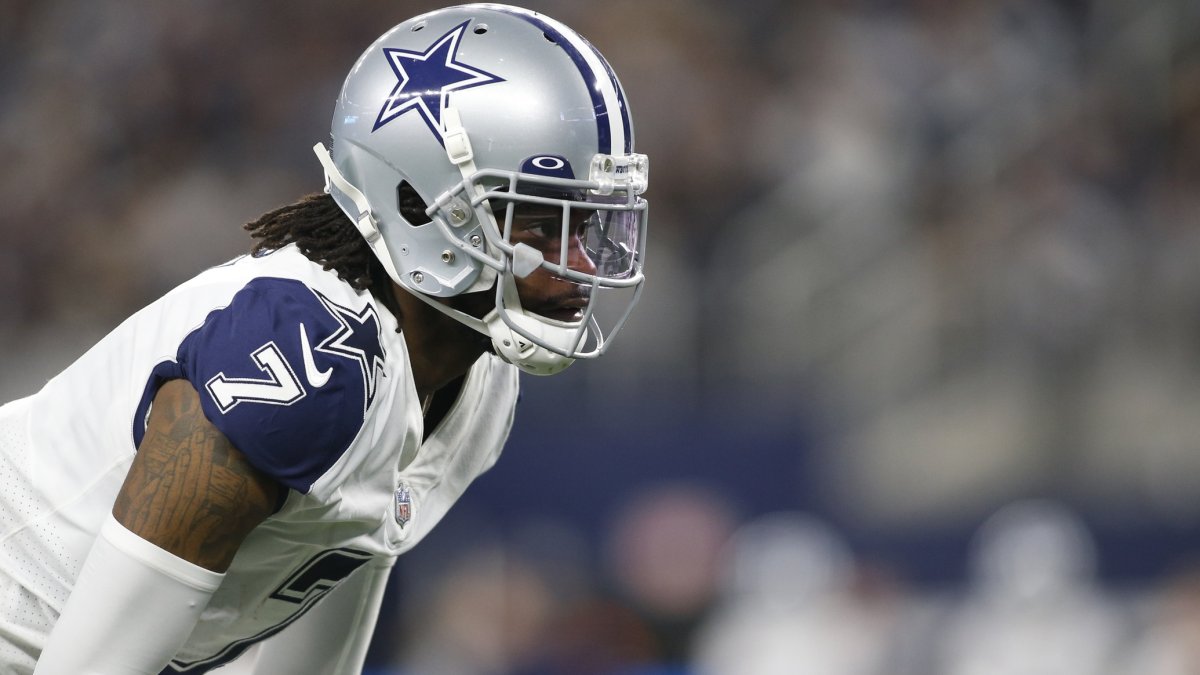


 © 2025 PFF - all rights reserved.
© 2025 PFF - all rights reserved.